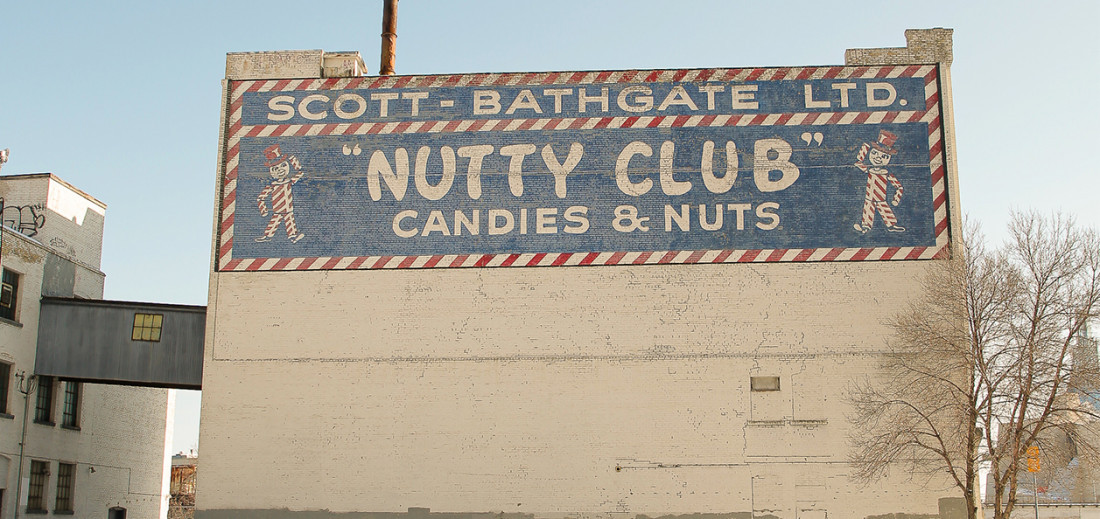Signs of the Times
The stories behind some of Winnipeg’s most iconic signage
Like most cities, Winnipeg’s buildings tell a story about its past. Well, maybe it’s not a single story with a clearly defined arc. Perhaps, more accurately, Winnipeg’s buildings are a scattershot anthology of short stories. They range from the old and beautifully preserved to the rundown and decrepit, from quaint character neighbourhoods to rows of identical strip malls, like so many cubes of Lego, devoid of any personality whatsoever.
But Winnipeg’s signage also tells a story. The signs and advertising murals of businesses and institutions of the city’s past and present are part of the city’s spirit. They give shape and colour to these places. If old brick walls and fire escapes are these buildings’ bodies, the signs are their faces. For some defunct places, like the Blue Note Café or the Starland Theatre, their signs are all that remain. But fortunately, many still have their homes. Here are the stories behind some favourites.
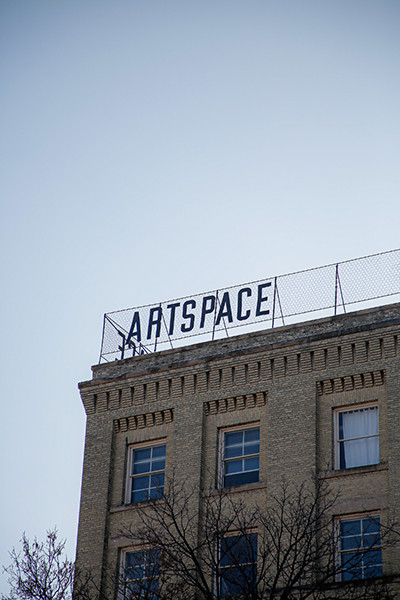
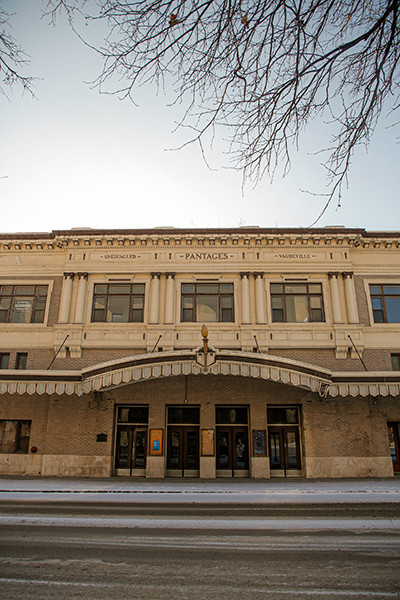
Artspace
The Gault Building at 100 Arthur St. has been the home of non-profit Artspace Inc. since the 1980s, but its instantly recognizable rooftop sign is an original architectural feature of the 121-year-old building.
Rooftop fencing signage “used to be more commonplace in the Exchange District,” Eric Plamondon, Artspace’s executive director, says. He notes that Artspace is now one of only three buildings in the Exchange that retains this feature. The text originally read “Gaults Limited Importers Wholesale Dry Goods” in reference to the building’s original owners. When Artspace moved in, the fence had fallen down, but they were able to secure funding to restore it.
“Believe it or not, there was a time when there was money available for historical buildings to invest in elements that made it historical,” Plamondon says. “That project was made possible because of a period of time when governments invested in their history.”
"Unequalled Vaudeville" at Pantages Playhouse
Winnipeg’s Pantages Playhouse Theatre opened in 1914. Part of a theatre chain founded by the infamous Greek-American theatre impresario Alexander Pantages, the Winnipeg Pantages was the first stop on the Pantages vaudeville touring circuit of 84 theatres across the United States and Canada. Performers to grace its stage included Paul Robeson, Buster Keaton and Ella Fitzgerald. While the vaudeville era has long since passed, the Pantages’ beginnings are still emblazoned in its iconic signage.
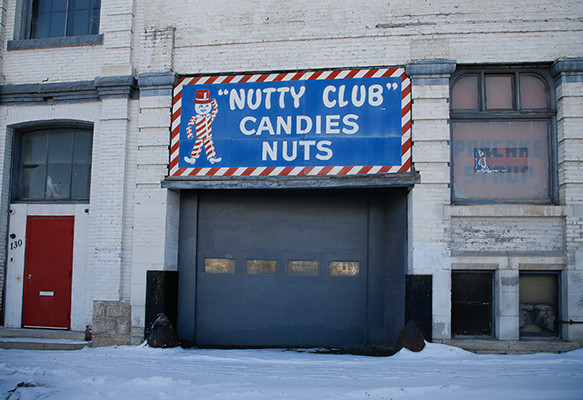
Nutty Club
The Scott-Bathgate building at 149 Pioneer Ave. was constructed in 1905 as the home of the business partnership of importers and manufacturers’ agents A. E. Scott and J. L. Bathgate. However, the building took on a new life when Scott-Bathgate Ltd. introduced the Nutty Club brand of candy, nuts and popcorn in 1930. The building was painted with murals representing the Nutty Club brand, including its Can-D-Man mascot, a top hat-clad figure with a body and limbs made of stick candy (though he originally sported a bowler hat from 1930 to 1954). While the building’s future was at one time in jeopardy, it was officially granted historic status in 2017, preserving elements of the building including the Can-D-Man.
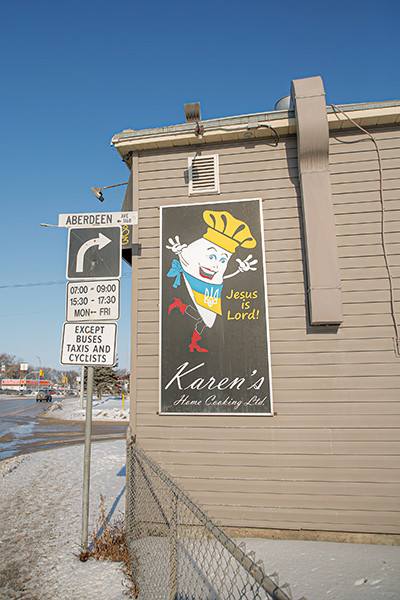
"Jesus is Lord" perogy at Karen's Home Cooking
Karen’s Home Cooking Ltd. at 803 McPhillips St. has been selling authentic Ukrainian food to Winnipeggers since 1993. The business’ distinctive logo of an anthropomorphic perogy in a chef’s hat, a Tryzub apron and red dance boots has been around as long as the business itself, according to owner Karen Sumka.
“My daughter Destiny ... was sketching one day in 1993 (and drew the perogy),” Sumka says. “I kept the drawing, knowing that I would eventually use it as my logo and trademark that I established in 2009.”
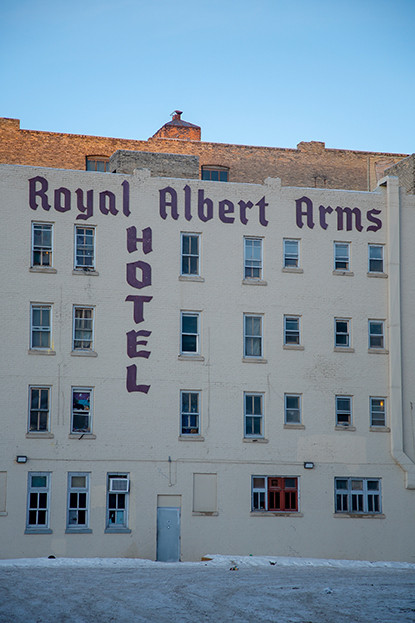
The Royal Albert Arms Hotel
The Albert has one of the most complex and layered backstories of any long-running Winnipeg institution. Its reputation is equal parts revered and reviled. Its history as a punk-rock venue includes performances by hardcore legends like Hüsker Dü and Millions of Dead Cops, but over the last 20 years, it’s become more well known for its frequent and extended closures and short-lived revivals. The website royalalbertarms.com hasn’t been updated since 2008 and still advertises a soon-to-come “boutique hotel with a sexual edge like NO other hotel in Canada,” despite multiple closures and reopenings since this long-abandoned attempted rebranding by an infamous internet pharmacy entrepreneur. To international podcast listeners, it’s perhaps best known for a gruesome 2003 murder. The signage painted on the building’s facade does little to hint at its bizarre history, but hopefully points to a brighter future.
The Burton Cummings Theatre
The sign on the outside of the Burton Cummings Theatre reflects the venue’s status as a beloved historic Winnipeg locale. Renamed in 2002 after the longtime Guess Who frontman, the sign next to the marquee of the former Walker Theatre is even shaped like Manitoba. A mural on the building also alludes to its long life as the Odeon movie theatre. Less evident from the building’s exterior are some of its other claims to fame, including its reputation as allegedly one of Winnipeg’s most haunted buildings.
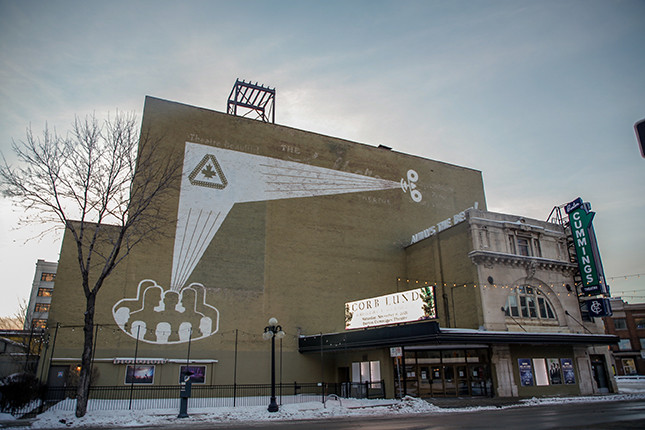
Woodbine Hotel
Founded as Dufferin Hall in 1878, the Woodbine was originally exclusively a saloon, only incorporating rooms to let later in its existence. Its name change came along with many structural alterations, but it remains one of the longest-running businesses in Winnipeg and, according to an 1985 report by the city’s historical buildings committee, may actually be Winnipeg’s oldest hotel.
There’s little publicly available information about the Woodbine’s signature neon sign, but, according to Mike Wolchock, an expert in local historical signage, “It’s been there longer than I’ve been alive. It was made by Claude Neon, probably in the 1940s, post-war. It’s a rental, which means they have been making a payment every month since it went up.”
"54 miles to Portage - It's a Long Tramp"
Considered Winnipeg’s oldest surviving mural, the image of a cigarette- and bindle-equipped hobo has emblazoned the building at 2579 Portage Ave. since at least the mid-1930s (some sources date it to the ’20s). The mural has undergone changes along with the building and the city around it over the years. While the storefront is currently occupied by a tailor, it was the home of a pharmacy owned by Carman Ruttan when the mural was first painted. The text originally read “54 miles to the next drug store,” since, at the time, the nearest pharmacy was in Portage la Prairie.
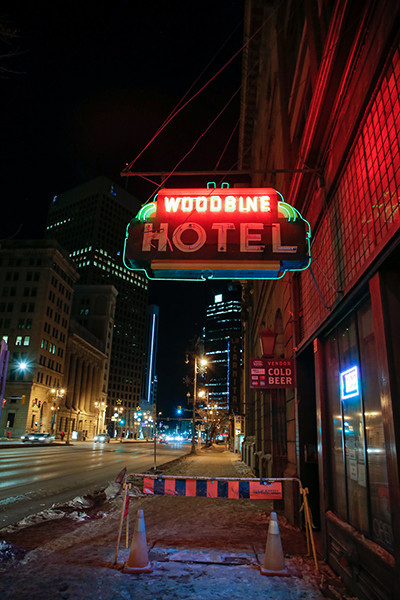
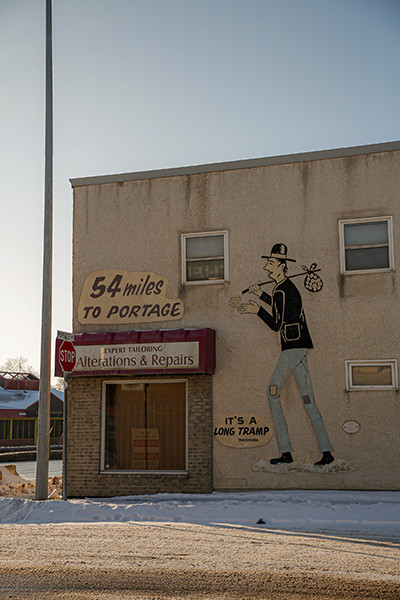
Published in Volume 75, Number 19 of The Uniter (February 25, 2021)

